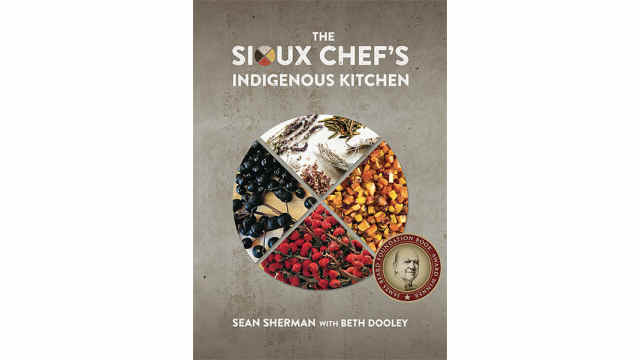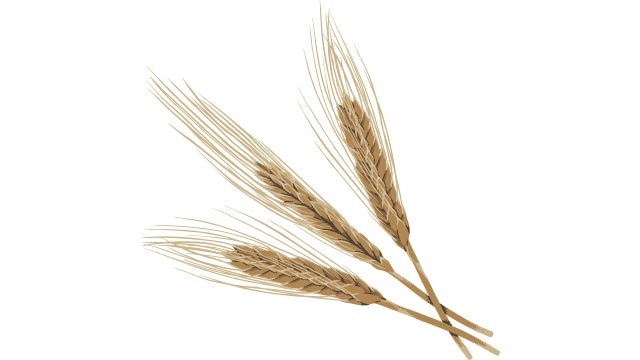Acorn

What Are Acorns?
An acorn is the nut of any oak tree as well as the tanoak (Notholithocarpus densiflorus); both are in the beech family (Fagaceae). Depending on the species of oak, an acorn can be shaped like a tiny wood-like marble or the point of a pinkie finger. An acorn is shaped like a toy top and has a bristly cupule (the little “hat” that holds the acorn to its twig). The acorn is usually one nut that’s encased in a tough shell, sort of like a chestnut.
Why Are Acorns Healthy?
Acorns are low on the glycemic index due to their high fiber content, so they may offer protection against blood glucose spikes after meals, making them a smart choice for people with diabetes. High in heart-healthy omega-3 fatty acids, acorns have about half the fat content of most other nuts and are a good source of vitamins, amino acids, and minerals. Acorns are especially high in potassium, iron, and antioxidants like resveratrol and quercetin, which help fight oxidative cell damage. Acorns are also high in phytosterols, a plant-derived chemical compound that reduces bad cholesterol in the blood. It is recommended to avoid raw acorns as they may be high in tannins, an antinutrient. However, when acorns are soaked or boiled, most of the tannins are leached out, making the acorns safe to eat.
What Do Acorns Taste Like?
The many species of oak produce acorns with highly variable amounts of bitter tannins, greatly affecting which acorns are collected for food. Once they’ve been treated to remove the tannins, acorns have a slightly sweet, pleasant nutty flavor like that of chestnuts.
How Do I Use Acorns?
You can use acorn starch to make a Korean jelly, dotorimuk, and noodles, dotori guksu. To use acorns that you collected yourself, you’ll need to process them to leach out the bitter tannins. Begin by soaking acorns in cold water. Keep changing the water until it’s clear—it’ll take a few days. Let the acorns dry, then peel off the tough outer shells before using them. Using cold water instead of boiling water preserves the starch in the acorns. You can roast and grind acorns, pickle them, or munch on them like other nuts.
What Do Acorns Pair Well With?
In Korean cuisine, acorn starch is used to make a thick jelly, dotorimuk, which can be sliced and tossed with garlic chives, garlic, soy sauce, chile flakes, and sesame oil to make a cold salad (dotorimuk muchim). Acorns also taste lovely with ingredients that normally pair well with chestnuts—like cream, brandy (just enough to flavor a soup or dessert), and honey—and other autumn foods, like wild mushrooms and apples.
Where Do Acorns Grow?
Oak trees grow throughout the Northern Hemisphere. Fossil records show that oaks have been growing in North America and Asia since at least the late Cretaceous period (about 100 million years ago). Today acorns commercially grown for food are mainly produced in Korea and China.
How Do I Buy Acorns?
Buy acorn flour at Asian markets and store it in a cool, dry place away from direct sunlight. If you’d like to experiment with processing your own whole acorns, you’ll probably have to collect them yourself.
Surprising Acorn Fact
During the American Civil War (1861-1865), soldiers often used roasted acorns as a coffee substitute when supplies ran low. Coffee was supplied to the troops as an invigorating beverage and was part of their ration. Acorns, picked and roasted into a coarse powder, provided a caffeine-free, earthy brew in tough times for the troops.


